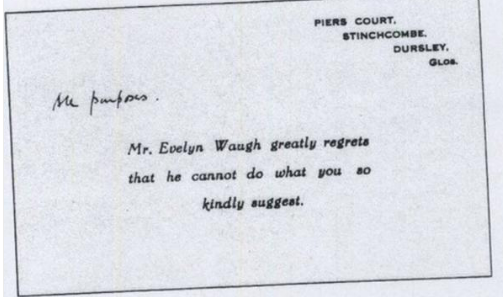Organisational change is what I’ve been doing my entire professional life. Initially as part of Andersen Consulting (now Accenture) with software changes, then more obviously working for GPR Dehler (a consultancy in the Proudfoot model, process improvement, better reporting capability, increased supervisory and management skills). And then in my own consultancy, restructuring, improving process, facilitating with executive teams, coaching, training soft skills. See here to understand what people mean by Change Management (there are at least 36 definitions!).
I’ve assisted people to change in insurance companies and banks, data analytics and insights, payroll and accounts, call centre and many other places. See this list of my client organisations.
There are some of my favourite frameworks.
- Kotter’s 8 step model
- Lewin’s change model
- Pro-Sci’s ADKAR
- McKinsey’s 7-S model
- Bridges Transitions model
- Metaprograms (sameness-difference)
- Kirkpatrick model for training change.
- and some lovely ones here, including the Stability model
My basic philosophy is to use what works, use what they are familiar with, use what makes the difference (what’s the difference that makes the difference?). And if it doesn’t work (yet), then find out what the obstacles are and work with those. Get the right people on board, support it with the systems needed to make a difference (from Help Desk to desk configuration to love and devotion).
Here’s an article outlining how using more concrete or more abstract language will help certain mindsets change.
Want to help people understand a complex idea, feel heard, or remember what was said? Using concrete language is going to be more effective…
When customer service agents used more concrete language, customers were more satisfied with the interaction and thought the agent had been more helpful…
If we want people to think our idea has potential, or that we’re a forward-thinking visionary, abstract language is more effective.Jonah Berger: Magic Words: What to say to get your way
Here are some other tools that I have found helpful
- Silo Eliminator/ Cross-functional talking map / Spider Web
- Team Skills Matrix
- Managing upwards
- Discussion guide for documenting what you do.
- Pre Mortem Template for finding out what is working (and what isn’t) and improve planning
Also check out Bruce Daisley’s Eat Sleep Work Repeat podcast episode called Workers Watch your Feet, not your Lips, the title says it all, and that makes it worth a listen (and then an action!).
And talk to me, Cindy Tonkin, about how I can help you make change that sticks, change that makes your team pleased to say they were a part of it.






